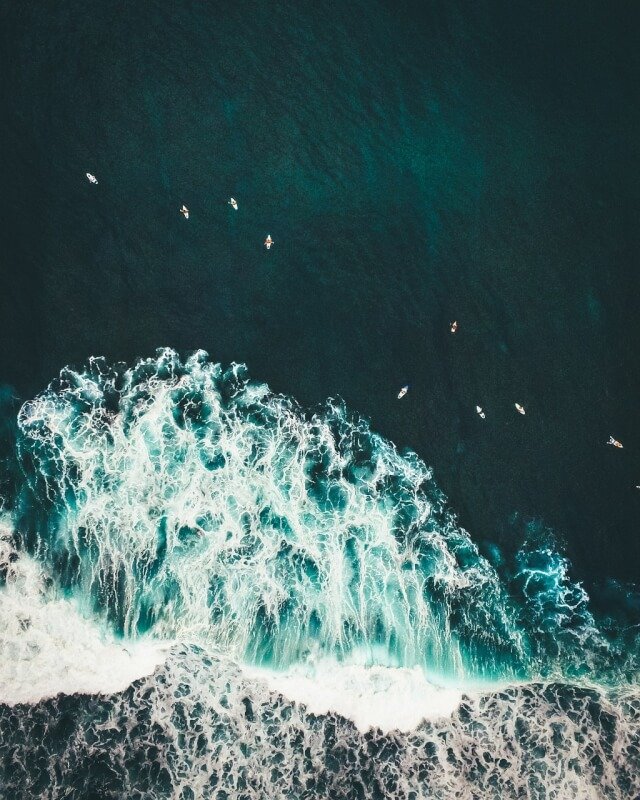So, you’ve got your RC helicopter all ready to take to the skies and capture some jaw-dropping aerial photographs. But there’s just one crucial component missing: the right camera. With so many options available on the market, it can be overwhelming to determine which RC heli camera is the perfect fit for your aerial photography needs. Fear not, because in this article, we’ll guide you through the process of choosing the right camera, ensuring you capture stunning shots from above effortlessly. From considering your budget and camera specifications to understanding the type of aerial photography you want to pursue, we’ve got you covered. Get ready to soar to new heights with the ideal RC heli camera!
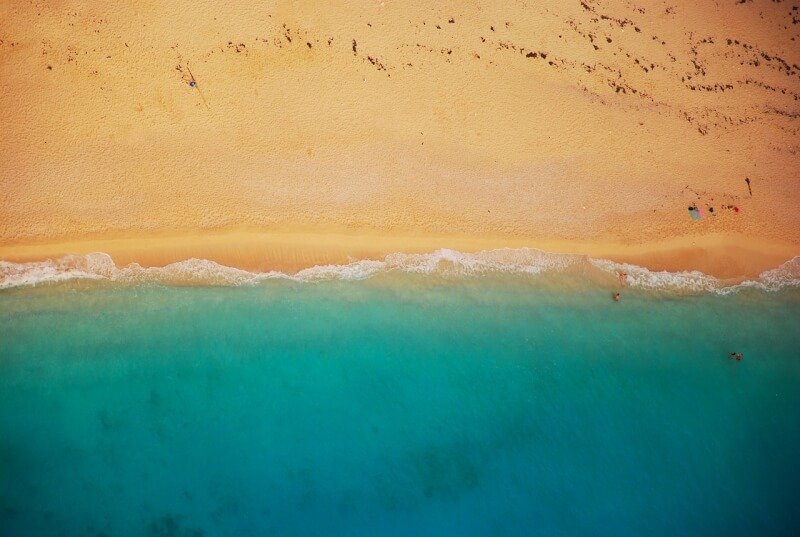
Factors to Consider
When choosing a camera for aerial photography with your RC helicopter, there are several factors to consider. These factors will play a crucial role in determining the quality of your photos and videos. By carefully evaluating these factors, you can ensure that you select the right camera system for your needs.
Image Quality
Image quality is one of the most critical factors to consider when choosing a camera for aerial photography. You want your photos and videos to be sharp, clear, and vibrant. Look for cameras that offer high resolution and excellent dynamic range to capture the details of your aerial subjects accurately.
Resolution
Resolution refers to the number of pixels a camera can capture, typically measured in megapixels (MP). A higher resolution allows for more detailed and sharper images. However, keep in mind that higher resolution cameras may require more storage space for your images.
Sensor Size
The sensor size of a camera directly impacts its image quality. Larger sensors tend to produce better image quality, especially in low-light conditions, as they can capture more light. Look for cameras with larger sensor sizes for optimal image quality in your aerial photography.
Lens Type
The lens type is another essential consideration when selecting a camera for aerial photography. Different lenses offer different focal lengths, which affect the field of view and perspective in your images. Consider the type of subjects you plan to capture and choose lenses accordingly.
Shutter Speed
Shutter speed determines how long the camera’s sensor is exposed to light when taking a photo. A faster shutter speed is ideal for capturing fast-moving subjects, such as wildlife or sports. Ensure that the camera you choose offers adjustable shutter speeds to accommodate different shooting conditions.
ISO Range
ISO refers to the camera’s sensitivity to light. A wider ISO range allows for better performance in low-light situations. Consider the ISO range of a camera when selecting one for aerial photography, as it affects your ability to capture clear and well-exposed images in various lighting conditions.
File Format
The file format in which the camera saves your images is crucial for post-processing flexibility. Look for cameras that offer RAW file format options, as these files contain more data and allow for greater control over editing. JPEG files are more compressed and may limit your editing capabilities.
Image Stabilization
Image stabilization is essential for aerial photography, as it helps compensate for camera shake caused by vibrations and movements. Look for cameras with built-in image stabilization or consider using a gimbal to stabilize your camera during flight.
Camera Weight
When flying an RC helicopter, it’s crucial to consider the weight of the camera. Heavier cameras can affect flight performance and stability. Choose a camera that is lightweight yet still offers the desired image quality and features for your aerial photography needs.
Camera Mounting
Consider the mounting options available for the camera system you choose. Ensure that it is compatible with your RC helicopter and provides a secure and stable attachment. Look for systems that offer adjustable tilt angles to capture a variety of perspectives in your aerial photography.
Types of Camera Systems
There are three main types of camera systems commonly used for RC helicopter aerial photography. Each system has its advantages and disadvantages, so it’s important to understand their characteristics before making a decision.
Built-in Camera
Built-in cameras are often found in entry-level RC helicopters and offer convenience and simplicity. They typically have lower image quality but are easy to use, making them suitable for beginners or casual users of aerial photography. However, their limited capabilities may not satisfy the needs of experienced photographers.
GoPro Style Camera
GoPro style cameras have gained popularity in the RC helicopter aerial photography community due to their compact size and excellent image quality. These cameras are lightweight and feature rugged designs, making them suitable for aerial photography. They offer a wide range of functions and accessories, allowing users to customize their setup according to their needs.
Interchangeable Lens Camera
Interchangeable lens cameras provide the highest level of flexibility and professional-grade image quality for aerial photography. These cameras allow you to change lenses, providing a wide range of focal lengths and creative options. However, they tend to be bulkier and more expensive than other camera systems, making them more suitable for advanced users or professionals.
Built-in Camera
Pros
-Built-in cameras offer convenience and simplicity, making them ideal for beginners in aerial photography. -They are often lightweight and compact, ensuring that they do not add excessive weight to your RC helicopter. -These cameras are usually easy to use, with straightforward controls and menus. -They are often included in entry-level RC helicopters, eliminating the need for an additional camera purchase.
Cons
-Built-in cameras typically have lower image quality compared to other camera systems, with limited resolution and sensor capabilities. -They may lack advanced features and manual controls for more creative photography. -Upgrading or replacing the built-in camera may not be possible, requiring the purchase of a new RC helicopter with a different camera system.
GoPro Style Camera
Pros
-GoPro style cameras offer excellent image quality in a compact and lightweight form factor. -These cameras are designed to withstand harsh environments and are suitable for aerial photography with RC helicopters. -They provide a wide range of functions and accessories, allowing users to customize their setup according to their needs. -GoPro style cameras offer a wide field of view, capturing a larger perspective of the surroundings.
Cons
-GoPro style cameras may have a fixed lens, limiting the flexibility in focal length and perspective. -Their compact design may result in smaller sensors, which can affect image quality in low-light conditions. -These cameras may require additional accessories, such as gimbals or filters, to achieve optimal stability and image quality.
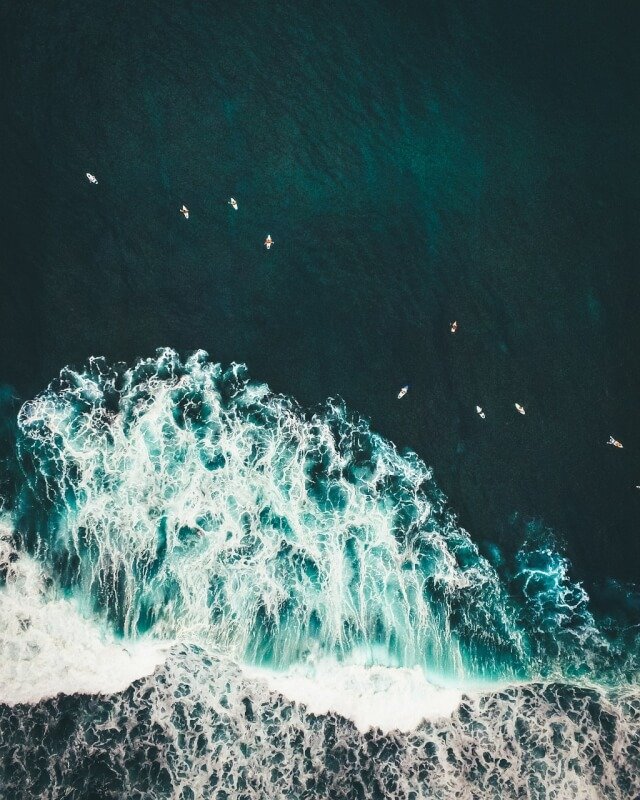
Interchangeable Lens Camera
Pros
-Interchangeable lens cameras provide the highest level of flexibility and professional-grade image quality. -They offer a wide range of lenses to choose from, allowing users to capture a variety of subjects and perspectives. -These cameras often have larger sensors, resulting in better image quality, especially in low-light conditions. -They offer advanced features and manual controls for more creative photography.
Cons
-Interchangeable lens cameras tend to be bulkier and heavier compared to other camera systems. -They can be more expensive, especially when considering the cost of additional lenses. -These cameras require more technical knowledge and experience to operate effectively.
Compatibility with RC Helicopters
When choosing a camera for aerial photography with your RC helicopter, it’s crucial to ensure compatibility in terms of weight, mounting options, and power supply. Taking these factors into consideration will help ensure a safe and successful flight.
Weight and Balance
The weight of the camera is an essential consideration as it can impact the flight performance and stability of your RC helicopter. Ensure that the camera you choose is within the weight limits specified by the manufacturer of your RC helicopter. It’s also important to distribute the weight evenly for optimal balance during flight.
Mounting Options
Consider the mounting options available for the camera system you choose. Ensure that it is compatible with your RC helicopter and provides a secure and stable attachment. Look for systems that offer adjustable tilt angles to capture a variety of perspectives in your aerial photography.
Power Supply Compatibility
Check if the camera system you choose is compatible with the power supply of your RC helicopter. Some cameras may have specific battery requirements or may need an external power source. Ensure that you have the necessary power supply setup to ensure uninterrupted operation during your aerial photography sessions.
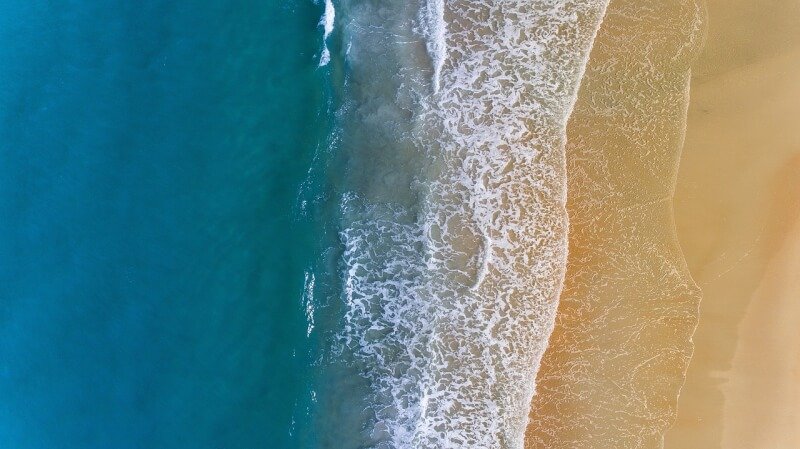
Budget Considerations
When choosing a camera for aerial photography with your RC helicopter, it’s important to consider your budget not just for the camera itself but also for accessories and maintenance.
Camera Cost
Consider how much you are willing to invest in a camera for your aerial photography needs. Different camera systems vary greatly in price, with built-in cameras being more affordable and interchangeable lens cameras being more expensive. Determine your budget and choose a camera system that offers the best value for your money.
Accessories Cost
Keep in mind that additional accessories may be required for optimal performance and creativity in aerial photography. These accessories may include gimbals, filters, extra batteries, and memory cards. Factor in their costs when planning your budget for a camera system.
Maintenance Cost
Consider the long-term maintenance costs of the camera system you choose. Some cameras may require regular cleaning, firmware updates, or even repairs. Research the maintenance requirements of different camera systems and factor in the associated costs in your budget planning.
Ease of Use
The ease of use of a camera system is an essential consideration, especially for beginners or users who value simplicity and convenience.
User Interface
Consider the user interface of the camera system. Is it intuitive and easy to navigate? Are the menus straightforward and well-organized? Look for a camera system that offers a user-friendly interface to ensure a smooth and hassle-free experience during your aerial photography sessions.
Controls
Evaluate the controls of the camera system. Are they easily accessible and comfortable to use? Can you adjust important settings quickly and efficiently? Choose a camera system that offers ergonomic and responsive controls to enhance your shooting experience.
Compatibility with Mobile Devices
Consider if the camera system is compatible with mobile devices such as smartphones or tablets. Some camera systems offer companion apps that allow for remote control, live view, and image sharing via mobile devices. This feature can greatly enhance the convenience and functionality of your aerial photography setup.
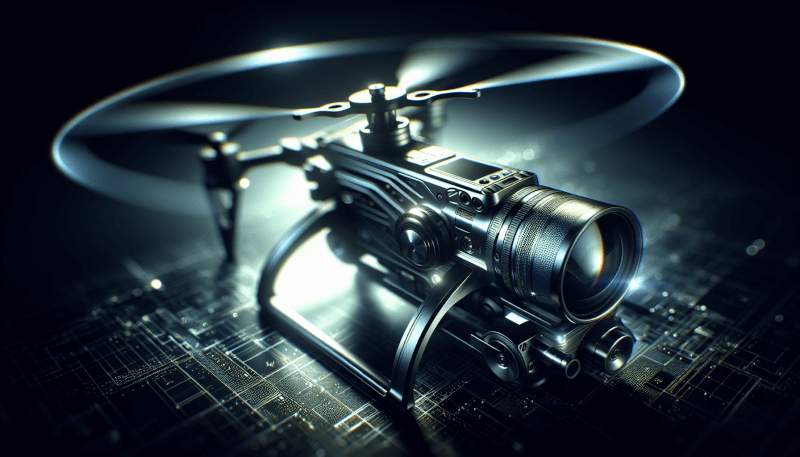
Camera Features
Different camera systems offer various features that can enhance your aerial photography experience. Consider these features when choosing a camera system for your RC helicopter.
Remote Control
Some cameras offer remote control capabilities, allowing you to adjust settings and capture photos or videos remotely. This feature can be particularly useful when your RC helicopter is in flight, as it allows for more flexibility and control over your shots.
Auto Mode
Auto mode is ideal for beginners or users who prefer a more hands-off approach to photography. It automatically adjusts settings such as exposure, focus, and white balance to achieve optimal results. Consider if having an auto mode is important to you when selecting a camera system.
Manual Mode
Manual mode allows for full control over camera settings, giving you the freedom to adjust exposure, shutter speed, aperture, and other parameters to achieve your desired results. If you are an experienced photographer or want to have more creative control over your aerial photography, choosing a camera system with manual mode is essential.
White Balance
White balance determines the color temperature of your photos and videos. Different lighting conditions require different white balance settings to ensure accurate color reproduction. Look for a camera system that offers adjustable white balance settings to capture true-to-life colors in various lighting situations.
Exposure Compensation
Exposure compensation allows you to adjust the brightness or darkness of your images. This feature can be particularly useful in achieving well-exposed photos and videos in challenging lighting conditions. Consider if the camera system you choose offers exposure compensation for greater control over your aerial photography.
Burst Mode
Burst mode allows the camera to capture a series of photos in rapid succession. This feature is especially useful when shooting fast-moving subjects or capturing action sequences. Consider if having burst mode is important to you and choose a camera system that offers this capability.
Time-lapse
Time-lapse photography involves capturing a series of photos at set intervals and then playing them back as a video, creating the illusion of time moving faster. If you are interested in creating time-lapse videos in your aerial photography, look for a camera system that offers time-lapse capabilities.
Slow Motion
Slow-motion video recording is a feature that allows you to capture videos at a higher frame rate, resulting in smooth and detailed slow-motion playback. If you want to capture slow-motion footage during your aerial photography, choose a camera system that offers this feature.
Image and Video Quality
The image and video quality of your aerial photography are crucial in capturing stunning and professional-looking results. Consider the following factors when selecting a camera for RC helicopter aerial photography.
Dynamic Range
Dynamic range refers to the camera’s ability to capture both dark and bright areas of a scene without losing detail. A wide dynamic range is important in aerial photography, as it allows for greater flexibility in post-processing and ensures that both shadows and highlights are well-preserved.
Color Accuracy
Color accuracy is crucial in capturing true-to-life colors in your aerial photos and videos. Look for a camera system that offers accurate color reproduction to ensure that your images reflect the scene as accurately as possible.
Noise Performance
Noise, also known as grain, can occur in photos and videos taken in poor lighting conditions or at higher ISO settings. Look for a camera system that offers good noise performance, with minimal noise even in low-light situations, to ensure clean and sharp aerial images.
Video Resolution
Video resolution determines the level of detail and clarity in your aerial videos. Look for a camera system that offers high-resolution video recording options, such as 4K or even higher, to capture stunning and immersive footage.
Frame Rate
The frame rate of your aerial videos determines how smoothly the motion is captured. Higher frame rates, such as 60fps or 120fps, allow for smoother playback and the possibility of creating slow-motion footage. Consider the frame rate options of the camera system you choose and select one that suits your desired video style.
In conclusion, choosing the right RC heli camera for aerial photography requires careful consideration of multiple factors. By evaluating image quality, camera type, compatibility, budget, ease of use, camera features, and image and video quality, you can make an informed decision that suits your needs and preferences. With the right camera system, you can capture breathtaking aerial photos and videos with your RC helicopter. So, get ready to take your aerial photography to new heights!


